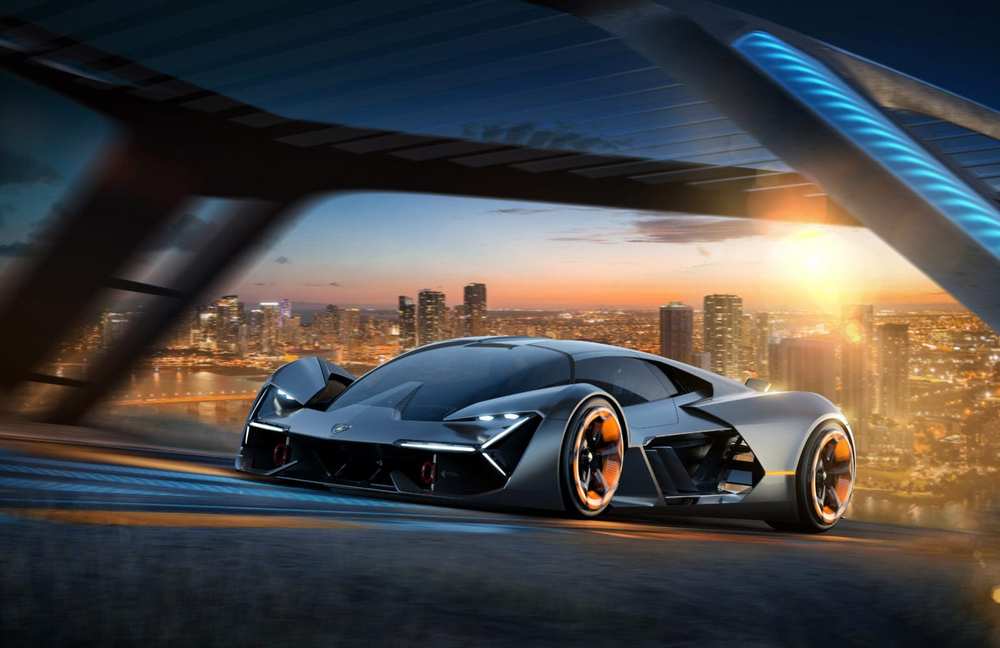Nov 11, 2019
SpaceX launches 60 more mini satellites for global internet
Posted by Vivek Jaiswal in categories: Elon Musk, internet, satellites
SpaceX launched 60 mini satellites Monday, the second batch of an orbiting network meant to provide global internet coverage.
The Falcon rocket blasted into the morning sky, marking the unprecedented fourth flight of a booster for SpaceX. The compact flat-panel satellites—just 575 pounds (260 kilograms) each—will join 60 launched in May.
SpaceX founder and chief executive Elon Musk wants to put thousands of these Starlink satellites in orbit, to offer high-speed internet service everywhere. He plans to start service next year in the northern U.S. and Canada, with global coverage for populated areas after 24 launches.


















